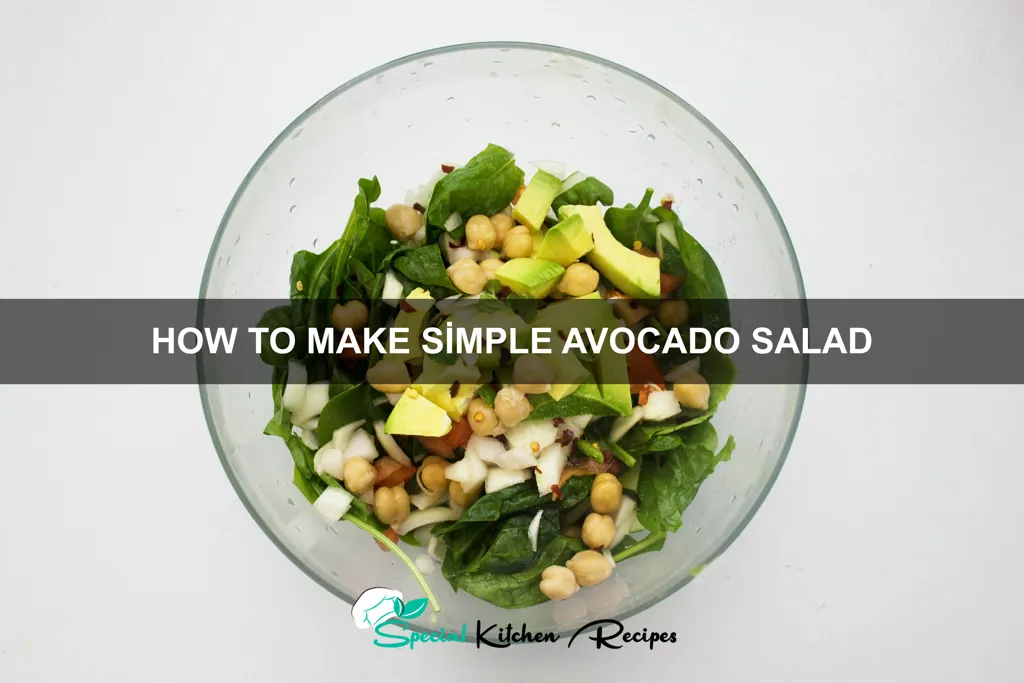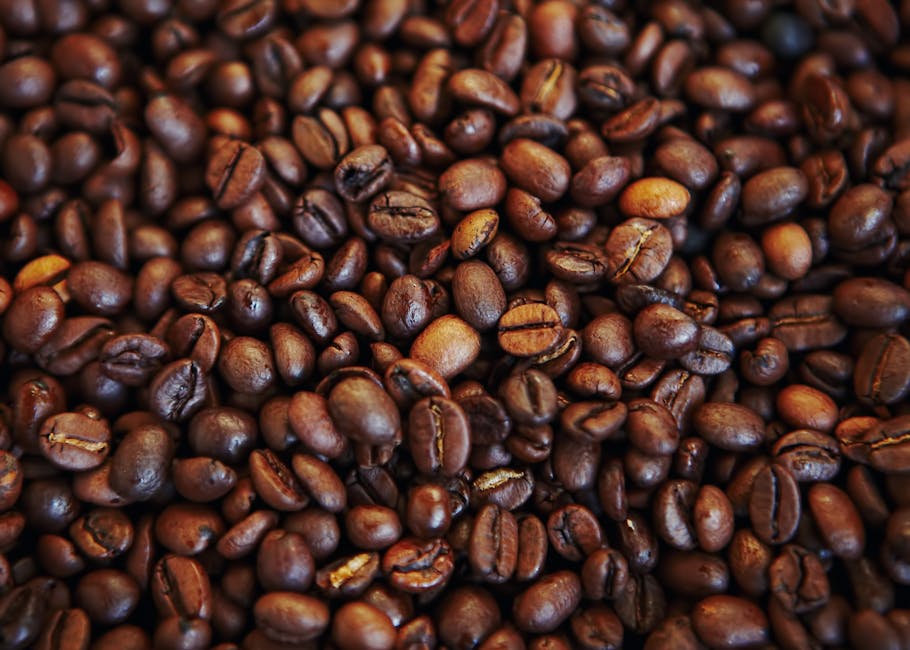Avocado salad, a seemingly simple dish, boasts a surprisingly rich history and cultural significance. While pinpointing its exact origin is difficult, the avocado itself, Persea americana, has a long and fascinating past. Evidence suggests cultivation began in Mexico thousands of years ago, with archaeological findings dating back to the pre-Columbian era. Aztecs revered the avocado, referring to it as ahuacatl, a word which also denoted the male reproductive organ – a testament to its perceived nutritional value and fertility-boosting properties. Its journey beyond Mesoamerica began with Spanish conquistadors, who introduced it to the rest of the world, albeit slowly.
The transformation of the avocado into a salad ingredient is a more recent development, largely influenced by the global rise in popularity of the fruit itself. Global avocado production has skyrocketed in recent decades, with Mexico remaining the leading producer, accounting for roughly 35% of the global supply in 2023. This increased availability has spurred culinary innovation, leading to numerous avocado preparations worldwide. While specific recipes for avocado salads vary widely depending on region and personal preference, the core concept – combining creamy avocado with other fresh ingredients – remains consistent. Many cultures incorporate their unique flavor profiles; for example, Mexican versions often feature lime, cilantro, and red onion, reflecting the fruit’s origins, while others might include feta cheese, tomatoes, or a vinaigrette.
Avocado salad’s appeal lies in its simplicity and versatility. It’s a nutrient-packed dish, rich in healthy fats, fiber, and vitamins. The creamy texture of the avocado provides a satisfying base, easily complemented by a wide array of ingredients. This adaptability allows for endless variations, catering to different dietary preferences and tastes. Whether it’s a quick lunch, a light side dish, or a sophisticated appetizer, avocado salad offers a delicious and healthy option. This recipe will guide you through a basic, yet flavorful version, demonstrating the ease and satisfaction of creating this globally loved dish at home.
Ingredients and Measurements
This simple avocado salad recipe relies on fresh, high-quality ingredients to deliver maximum flavor. The quantities below are designed for two servings, but can easily be scaled up or down to suit your needs. Remember to adjust the seasoning to your taste preferences.
Avocados: You’ll need two ripe but firm avocados. Choosing the right avocados is crucial. Gently squeeze them; they should yield to gentle pressure but not be mushy. Avoid avocados with bruises or dark spots. If your avocados are slightly underripe, you can speed up the ripening process by placing them in a brown paper bag with a banana for a day or two.
Red Onion: A quarter of a medium red onion provides a nice bite and sweetness to balance the richness of the avocado. Finely dice the red onion to prevent it from overpowering the other flavors. Soaking the diced red onion in cold water for 10-15 minutes before adding it to the salad helps to mellow its sharpness.
Cherry Tomatoes: One cup of halved cherry tomatoes adds a burst of freshness and acidity. Choose brightly colored tomatoes for optimal flavor and visual appeal. If your cherry tomatoes are on the larger side, consider quartering them for even distribution.
Cilantro: Two tablespoons of freshly chopped cilantro provide a vibrant, herbaceous note. If you’re not a cilantro fan, you can substitute it with a similar amount of parsley or even chives. However, cilantro’s unique flavor profile complements the avocado beautifully.
Lime Juice: The juice of one lime is essential for preventing the avocado from browning and adding a zesty tang. Freshly squeezed lime juice is always best; bottled lime juice often lacks the vibrant flavor.
Olive Oil: Two tablespoons of good quality extra virgin olive oil adds richness and depth of flavor. Choose a fruity olive oil for a more pronounced taste.
Salt and Pepper: To taste. Start with a pinch of sea salt and freshly ground black pepper and adjust according to your personal preferences. Seasoning is key to a delicious salad—don’t be afraid to experiment!
Optional additions: Consider adding a pinch of red pepper flakes for a touch of heat, or some crumbled feta cheese for a salty, tangy element. A sprinkle of toasted pumpkin seeds or sunflower seeds adds extra texture and nutrients.
Equipment List
Making a simple avocado salad requires minimal equipment, but the right tools can significantly improve the outcome and your overall experience. This list details the essential and recommended items, along with practical tips for optimal use.
Cutting Board: A sturdy cutting board, ideally made of wood or high-quality plastic, is crucial. Avoid glass cutting boards, as they can dull knives quickly. A size of approximately 12 x 15 provides ample space for preparing the ingredients comfortably. Ensure your cutting board is clean and dry before starting.
Chef’s Knife (8-inch): An 8-inch chef’s knife is the workhorse for this recipe. Its versatility allows for efficient chopping of the avocado, onion, and any other vegetables you might include. Keep your knife sharp for clean cuts and to prevent bruising the avocado. A dull knife will require more force, increasing the risk of damaging the avocado’s delicate texture.
Small Paring Knife (3-4 inch): A smaller paring knife will be helpful for more precise tasks like removing the avocado pit and trimming any unwanted parts of the vegetables. Its smaller size offers better control for detailed work.
Mixing Bowl (Medium): A medium-sized mixing bowl (approximately 8-10 cups capacity) is perfect for combining all the salad ingredients. Choose a bowl that is large enough to comfortably toss the salad without overcrowding.
Measuring Spoons and Cups: Accurate measurements are essential for achieving the desired taste balance. A standard set of measuring spoons and cups will ensure consistency in your recipe. Use dry measuring cups for dry ingredients (like salt and pepper) and liquid measuring cups for liquid ingredients (like lime juice).
Fork or Whisk (for dressing): A fork is sufficient for whisking together a simple vinaigrette, but a whisk will create a smoother emulsion if you are using oil and vinegar. If your dressing includes more viscous ingredients, a whisk is recommended.
Serving Bowl or Plate: Once your avocado salad is prepared, you’ll need a serving bowl or plate to present it beautifully. The size will depend on the quantity you are making.
Optional: A salad spinner can help to dry your lettuce if you’re adding it to the salad. A citrus juicer will make extracting the lime juice easier and more efficient.
Cleaning Tip: Clean your equipment immediately after use to prevent staining and ensure easy cleanup. Soaking your cutting board and knife in warm, soapy water will help remove any lingering avocado residue.
Preparation of Avocado
Selecting the perfect avocado is crucial for a delicious salad. Choose avocados that yield slightly to gentle pressure, indicating ripeness. Avoid avocados that are hard as a rock (underripe) or feel mushy (overripe). For this recipe, we’ll use one medium-sized avocado, approximately 200-250 grams.
Once you’ve chosen your avocado, wash it thoroughly under cold running water. It’s important to remove any dirt or debris from the avocado’s skin before handling. A soft vegetable brush can be helpful for this step.
Now, it’s time to cut the avocado. Using a sharp knife, cut the avocado lengthwise around the pit. A sharp knife is essential for clean cuts and prevents bruising the avocado flesh. Twist the two halves gently in opposite directions to separate them.
Locate the large pit in the center of one half of the avocado. Using a spoon, carefully remove the pit. Be cautious when removing the pit, as it can be slippery. A firm but gentle scoop is recommended to avoid damaging the surrounding flesh.
To avoid browning, you have a few options. You can immediately add the avocado to the salad, or you can use a lemon or lime juice to prevent oxidation. Squeeze a small amount of citrus juice (about ½ teaspoon per avocado half) over the exposed flesh. This will help to maintain the avocado’s vibrant green color and prevent discoloration. Alternatively, you can store the cut avocado in an airtight container with a piece of plastic wrap pressed directly against the surface of the avocado to minimize air exposure.
Finally, using a spoon or a fork, scoop the avocado flesh from the skin. For a smoother salad, you can use a fork to mash the avocado to your desired consistency. If you prefer chunky avocado pieces, simply scoop it out without mashing.
Remember, properly prepared avocado is key to a creamy and flavorful avocado salad. Following these steps will ensure your avocado is perfectly ready for your culinary creation.
Preparing Other Ingredients (e.g., Tomatoes, Onions)
While the star of this simple avocado salad is undoubtedly the avocado, complementary ingredients significantly enhance its flavor and texture. This section details preparing common additions like tomatoes and onions, ensuring they perfectly complement the creamy richness of the avocado.
Tomatoes: The type of tomato you choose will impact the overall flavor profile. For a sweeter salad, opt for cherry or grape tomatoes. Their small size makes them easy to halve or quarter, depending on preference. For a juicier salad, use ripe Roma tomatoes, which offer a meatier texture. For this recipe, we’ll use 1 cup of halved cherry tomatoes (approximately 10-12). Avoid using overly ripe or bruised tomatoes, as they can make the salad watery and less appealing. Gently wash the tomatoes and pat them dry before cutting to prevent excess moisture.
Onions: Red onions provide a beautiful color contrast and a slightly sharper, more pungent flavor than white or yellow onions. However, their intensity can overpower the delicate avocado flavor if not handled correctly. For this recipe, we’ll use ¼ cup of thinly sliced red onion. To mitigate the sharpness, consider soaking the sliced red onion in cold water for 10-15 minutes. This helps to remove some of the pungent compounds, leaving a milder, more pleasant flavor. After soaking, gently pat the onions dry with a paper towel before adding them to the salad.
Other potential additions: Beyond tomatoes and onions, consider incorporating other vegetables to add further complexity. A small amount of finely chopped cucumber (about ½ cup) can provide refreshing crunch and hydration. Similarly, bell peppers (about ¼ cup, finely diced) can add sweetness and vibrant color. Remember to adjust quantities based on your personal preference and the size of your salad. Always wash and thoroughly dry all vegetables before incorporating them into the salad to prevent introducing excess water, which can dilute the avocado’s creamy texture.
Professional Tip: The preparation of your additional ingredients should be as meticulous as that of your avocados. Consistent sizing of your ingredients ensures even distribution of flavors and textures throughout the salad. Take the time to properly wash, dry, and cut your vegetables – the attention to detail will be reflected in the final dish’s quality and presentation.
Dressing Preparation
The success of any avocado salad hinges heavily on a well-balanced and flavorful dressing. This recipe utilizes a simple yet elegant lime vinaigrette that perfectly complements the creamy richness of the avocado. We’ll be focusing on a bright, zesty flavor profile, avoiding anything too heavy or overpowering that might mask the delicate taste of the avocado.
To begin, you’ll need the following ingredients: 2 tablespoons of freshly squeezed lime juice, 1 tablespoon of extra virgin olive oil, 1 teaspoon of honey or agave nectar (for a touch of sweetness), 1/4 teaspoon of ground cumin (for warmth and depth), and a pinch of sea salt and freshly ground black pepper (to taste). Using fresh lime juice is crucial; bottled lime juice often lacks the vibrant acidity needed for a truly delicious dressing.
The process is straightforward. First, combine the lime juice, honey/agave, cumin, salt, and pepper in a small bowl. Whisk vigorously for about 15-20 seconds until the honey/agave is fully dissolved and the mixture is slightly emulsified. This ensures the sweetness is evenly distributed and the flavors are well combined. Don’t skip the whisking; it makes a significant difference in the texture and taste of the dressing.
Next, slowly drizzle in the extra virgin olive oil while continuing to whisk. Adding the oil slowly helps to create a light emulsion, preventing the dressing from separating. If you’re using a high-quality olive oil, its flavor will be more pronounced, so adjust the quantity slightly based on your preference. You can always add more oil for a smoother consistency, but it’s harder to correct if you’ve added too much.
Once the oil is fully incorporated, taste the dressing and adjust the seasoning as needed. You might want to add a bit more lime juice for extra tartness, a pinch more salt for salinity, or a dash more honey/agave for sweetness. Taste is subjective, so tailor the dressing to your personal preferences. This stage is essential for achieving the perfect balance of flavors.
Finally, set the dressing aside until you’re ready to toss it with your prepared avocado salad. Avoid adding the dressing too far in advance, as the lime juice can cause the avocado to oxidize and brown prematurely. For the best results, dress the salad just before serving to maintain its vibrant green color and fresh flavor.
Combining Salad Ingredients
This section details the crucial step of combining your prepared avocado salad ingredients. The order and technique you use will significantly impact the final texture and flavor of your salad. Remember to always work gently to avoid bruising the avocado, which can lead to discoloration and a less appealing appearance.
Begin by placing your chopped avocado (approximately 1 ripe, medium-sized avocado, yielding about 1 ½ cups) in a large bowl. Avoid overcrowding the bowl; this allows for even distribution of the other ingredients and prevents the avocado from getting squashed.
Next, add your diced red onion. We recommend using about ¼ cup of finely diced red onion for a pleasant sharpness without overwhelming the avocado’s creamy flavor. If you prefer a milder onion flavor, consider using a smaller quantity or briefly soaking the diced onion in cold water for 10-15 minutes before adding it to the salad to reduce its pungency.
Now, incorporate your chosen salad vegetables. For a classic avocado salad, we suggest adding about ½ cup of chopped cherry tomatoes. Their juicy sweetness complements the avocado beautifully. Other vegetables, such as cucumber (about ½ cup, diced), bell peppers (¼ cup, diced), or cilantro (2 tablespoons, chopped) can also be added based on your preference. Remember to adjust the quantities according to your taste and the overall volume of the salad.
Once the vegetables are added, gently toss the salad to combine all the ingredients. Avoid vigorous mixing, as this can mash the avocado. Use a large spoon or salad tongs to gently lift and fold the ingredients together. This ensures that the avocado is evenly distributed throughout the salad while maintaining its creamy texture.
Finally, add your chosen dressing (see our recipe for a simple lime vinaigrette). Start with a smaller quantity of dressing and toss gently. You can always add more later, but it’s difficult to remove excess dressing. Taste the salad and adjust the seasoning as needed. A pinch of salt and freshly ground black pepper usually enhances the flavors beautifully.
Serve immediately for the best flavor and texture. Avocado salads are best enjoyed fresh, as the avocado can oxidize and brown over time. If you need to prepare it ahead of time, lightly toss it with the dressing just before serving to prevent browning and maintain optimal freshness.
Recommendations
For the best flavor and texture, choose ripe but firm avocados. Slightly underripe avocados will hold their shape better in the salad, while overly ripe ones may become mushy. To determine ripeness, gently squeeze the avocado; it should yield slightly to pressure. Avoid avocados with bruises or dark spots.
To enhance the salad’s flavor profile, consider adding a pinch of red pepper flakes for a subtle kick, or a squeeze of fresh lime juice for extra brightness. Experiment with different herbs; cilantro or chives complement the avocado beautifully. Don’t be afraid to adjust the seasoning to your liking – a little salt and freshly ground black pepper go a long way.
This simple avocado salad is best served immediately after preparation to prevent the avocado from browning. However, if you need to prepare it ahead of time, toss the avocado with a little lime juice to help slow down oxidation. Store any leftover salad in an airtight container in the refrigerator for up to one day. Do not freeze.
Serving suggestions are plentiful! This salad makes a fantastic light lunch or side dish. It pairs perfectly with grilled chicken or fish, adding a creamy contrast to the protein. It also works well as a topping for tacos or burritos, or as a filling for sandwiches and wraps. Consider serving it alongside grilled vegetables or a simple quinoa salad for a complete and healthy meal.
Nutritional Information (per serving, approximate): Calorie count will vary depending on ingredients and serving size, but a typical serving of a simple avocado salad (approximately ½ medium avocado with basic seasonings) contains roughly 160-200 calories, around 15-20g of healthy fats, 2-4g of protein, and 5-7g of fiber. It’s a good source of potassium and Vitamin K. Note that these are estimates and the nutritional content may change depending on added ingredients such as cheese, nuts, or dressings.
Important Note: Always wash your hands and produce thoroughly before preparing any food.





